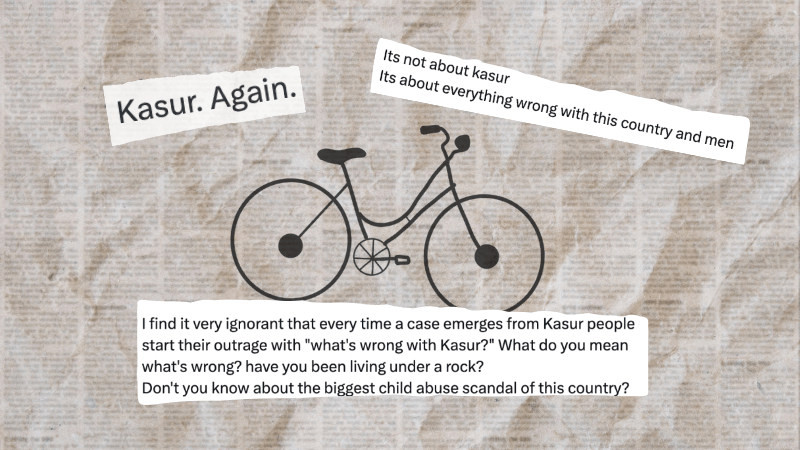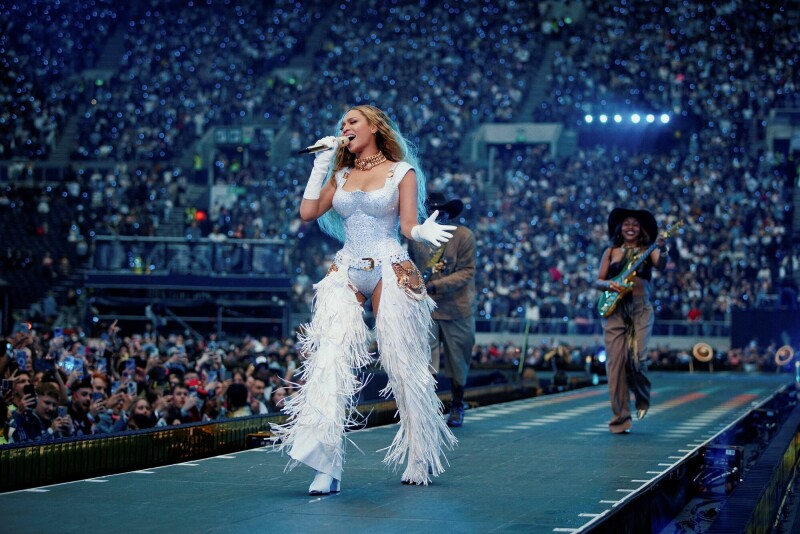The thali reaffirms that variety is the spice of life
Those who subscribe to Ayurvedic notions of nutrition believe that each meal should consist of the six ‘tastes’ of food: sweet, sour, salty, bitter, pungent and astringent. But although there is little call for ancient Indian medical texts in the modern world, the tastes of the subcontinent live on.
The thali is just one such tradition that is still alive and kicking, from street-corners to the more well-heeled establishments. A thali is simply a tray – usually metallic – featuring single servings of foods of all six different ‘tastes’, which is still extremely popular in several parts of the subcontinent, especially in India and Nepal.
While the contents of this kaleidoscope of flavours vary from region to region, there is always naan or roti and rice as a staple, accompanied by one daal dish, one vegetable dish and – in the non-vegetarian option – one or two meat dishes. These are accompanied by raita, salad and achaar, followed by a dessert.
The outlay is elegantly simple but hugely successful. In fact, a whole generation of moviegoers have watched the likes of Amitabh Bachchan, Shah Rukh Khan and other Bollywood stars eating out of a thali in one film or the other.
Purveyors of traditional subcontinental food are turning back to an old classic
The culinary scene in the capital also boasts a couple of impressive thali joints that are guaranteed to tantalise the taste buds and offer extremely good value for money.
The first is a little-known eatery in the F-10 Markaz that has, believe it or not, been around for at least 13 years. Hyderabadi Chatkhara opened its doors in the year 2003, recalls Mohammad Ashraf, the manager.
Tucked away between tyre shops and a few banks, this quaint little dhaba is a lightning rod for those who like a kick of spice in their food.
“Although our chaats and bhelpuris are the most-selling items for takeaway customers, nearly everybody who comes to eat at the restaurant itself orders a thali. It is just such a complete meal,” Mr Ashraf says from behind his perch at the establishment.

Honed by a Bengali cook, the thali here consists of Bhigaray Baingan, or an eggplant curry; mirchi ka saalan, khatti daal and behari chicken. The platter is served with rice and roti and topped off with a gulab jamun.
“The recipes and flavours come from Hyderabad Deccan; the food is prepared in the traditional way and seasoned according to Hyderabadi tastes,” says Mr Ashraf.
When the outlet opened in 2003, the thali cost a mere Rs140. Today, it is priced at Rs320, a bargain by any standards.
Compared to this, the mixed thali on offer at that other Islamabad institution – Table Talk in Kohsar Market – is far more urbane and adapted to suit the tastes of everyone who comes to eat there.
Since Kohsar Market is frequented by expatriates and millennials, the spice levels are much milder here. But this does not mean that their thali has lost any of its inherent desi-ness.
“We opened in 2002 and started serving the thali the day we opened. Our spice levels haven’t been toned down one bit,” said Rifat Mani – or Rify to her friends – who runs Table Talk.
Although the restaurant offers a variety of desi and continental cuisine, the kinds of thali on offer here are strictly traditional. The mixed thali, a perennial favourite, features qeema, chicken curry, daal and aalo ka salan, accompanied by fresh puris and crisp parathas and topped off with a delicately-flavoured kheer.
A similar selection – minus the meat – is available with the vegetarian option, while a chaat platter is a must-have for those who love chatpatta foods.
But Table Talk’s thali is elevated by the green chilli pickle and slightly-sweet vegetable raita that accompanies it. Wash it down with a glass of lassi, and your day is made.
With the mushroom growth of more restaurants wanting to reinvent old classics, the thali market does have more options now than ever before. There is the upstart Karachi-based chain, Chacha Jee, based in Centaurus; even Behbud Cafe in Super Market offers a vegetarian thali. But none of them quite manage to capture the taste and the spirit of this most traditional of subcontinental dishes quite as well as the old masters.
Originally published in Dawn, May 23rd, 2016













Comments